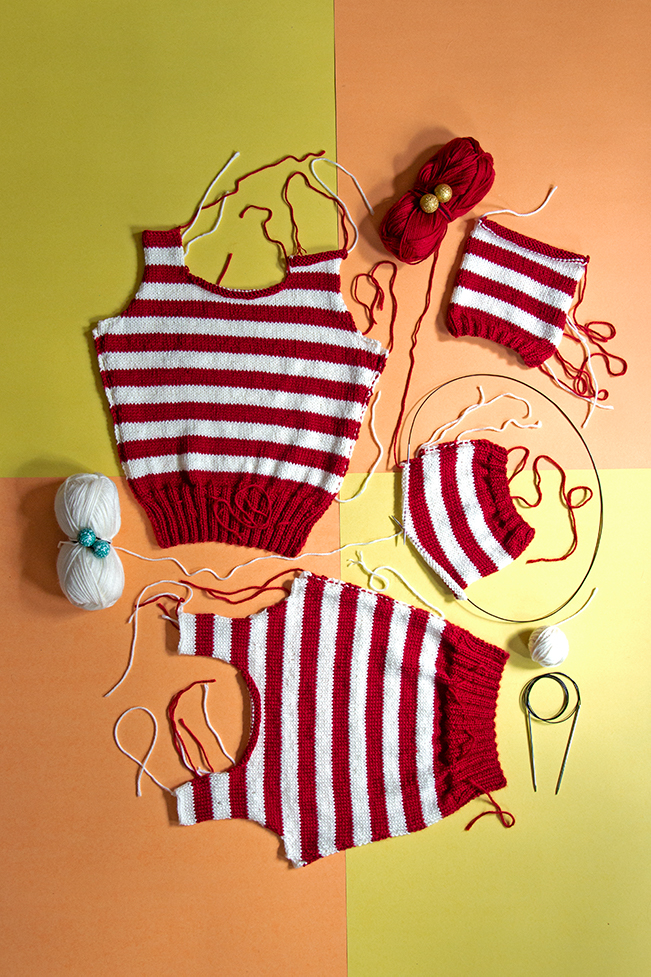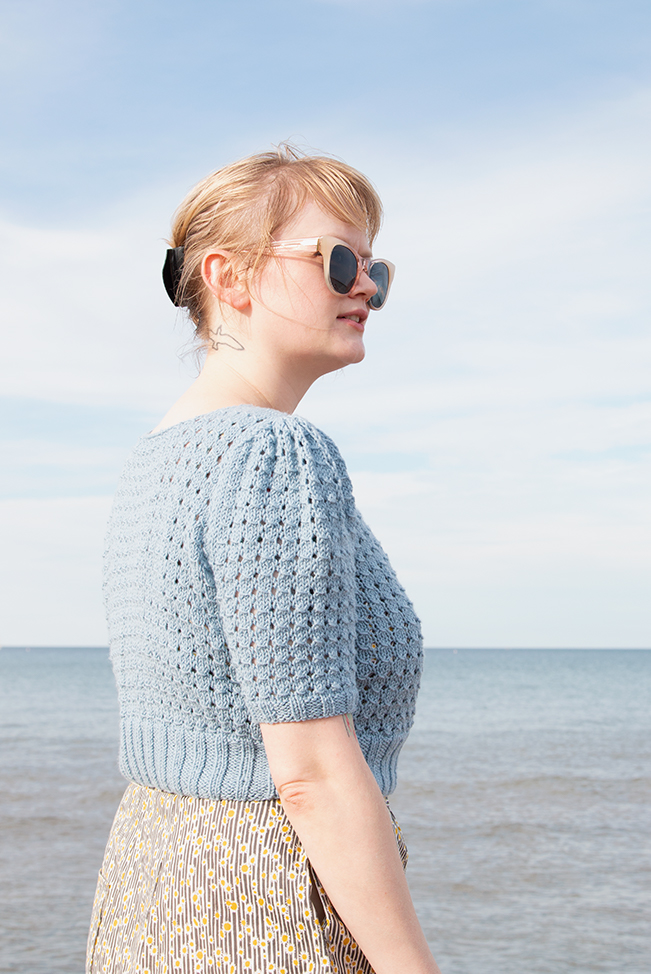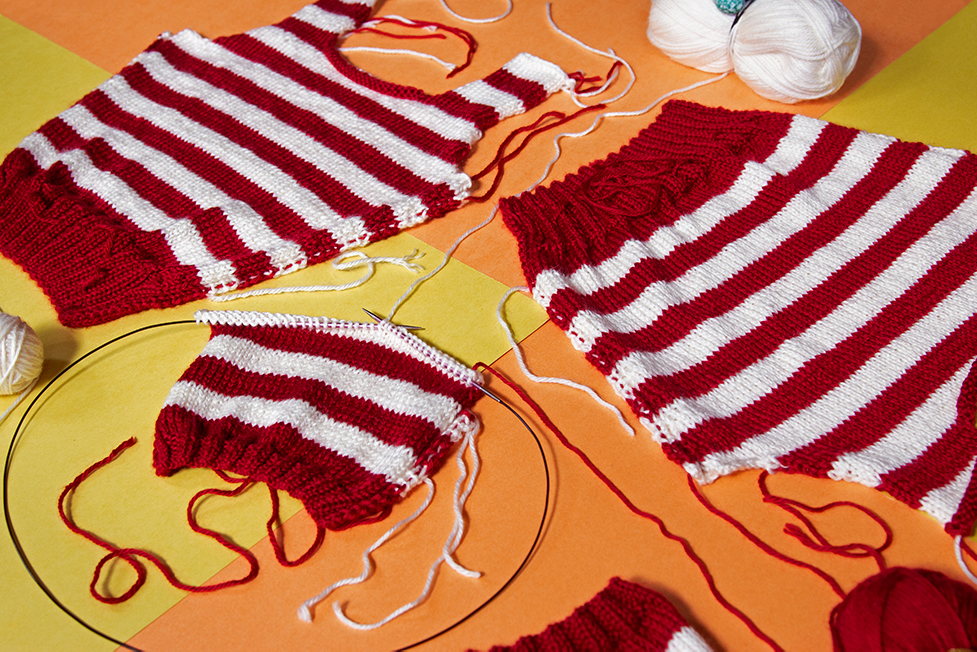This post is brought to you by , which also provided yarn support. Post contains affiliate links. .

Last year, I spent a lot of time upping my sweater knitting game. My body was changing as a result of some health issues, and since I was in need of some garments that fit, this presented a great opportunity to not only polish my gauge game, but also to give several sweater construction techniques, using patterns from the 1930s to today.
On the sweaters I knit last year
After attending a vintage knitting workshop hosted by in the spring of 2019, I was inspired to spend the rest of the year (of my personal making time, that is) working on my sweater knitting. In the end, I knit the (1938) , the vintage-inspired (2014), and I improvised a featuring an intarsia on the chest. For that one, I used a standard seamed sweater construction similar to the Fernlace Pullover (more on this improvised one in a minute).

Eager to see what sort of impact working from vintage knitting patterns for awhile, as well as the knitting retreat, had had on my knitting. I followed up this burst of sweaters by making two more many contemporary knitters who frequent local yarn shops will recognize: the & . Arguably two of the most-knit patterns of the last few years, both feature the currently-common seamless (often top-down) construction. That is, they are knit from the neckline to the hemline, most often before picking up stitches to then knit the sleeves from armpit to cuff.
There’s more than one way to knit a sweater!
Yes, I am very impressive with my 2019 sweater making obsession and I definitely only listed the above to make you all know how good I am. Kidding! It’s just this:
A lot of folks would have you believe there is only one way to knit a sweater. Or perhaps they’ll imply there’s one “right” way to knit a sweater because it’s the newest or currently trendiest way of making a sweater in the mainstream knitting community. I don’t know how to break this to you, but a lot of folks are wrong. 
I once had a neighbor who, upon finding out my job involves knit design, she cornered me asking “why do all of my patterns have me making PARTS of sweaters? I want to knit a sweater, not SEW one.” I guess she missed the boat on contemporary seamless making trends, but that does present me with a great story to segue into my list of 7 reasons why you might want to knit seamed sweaters.

7 reasons to knit a seamed sweater:
- Seams = structure. Seamless sweaters can stretch out and warp badly at the shoulders over time, for instance. Shoulder seams and seams from joining sleeves and picking up a neckline give your sweaters internal structure, helping bear the weight of the garment.
- 3 words: free vintage patterns. There are literally hundreds of free vintage knitting patterns to choose from online featuring seamed construction. is one of my favorite sources for vintage knitting patterns.
- Intarsia colorwork is much easier to knit flat (vs. in the round), making it a dream to pair with seamed sweater knitting.
- Stripes are easier. You don’t have to worry about compensating for because you’re knitting flat.
- Repair is a cinch. If your sweater is showing signs of age, but you’d like to salvage it, you can simply re-seam it to compensate. This process is similar to taking in a roomy garment at the seams.
- Seamed garments tend to have a more professional, tailored look.
- Hot take: Seaming is fun! I’m sorry, I have always loved with kitchener stitch, and I am one of those knitters who delights in the feeling of magic at pulling closed a mattress stitch seam.
If I missed anything on this list, comment and let me know! I resisted seamed sweater knitting for far too long, and it’s officially my favorite way (of the moment at least!  ) to knit a sweater.
) to knit a sweater.
This post is brought to you by , which also provided yarn support. Post contains affiliate links. .





























